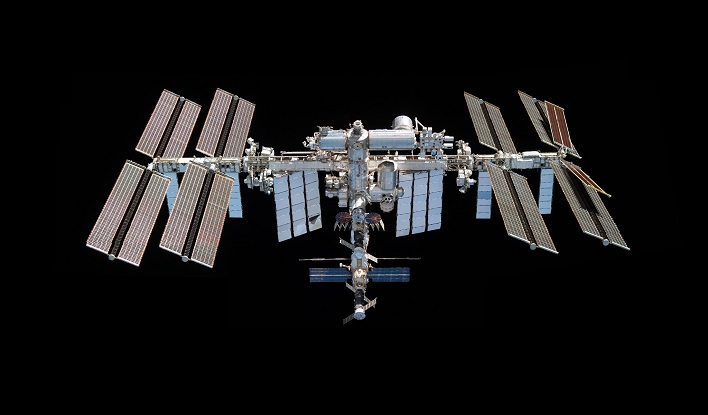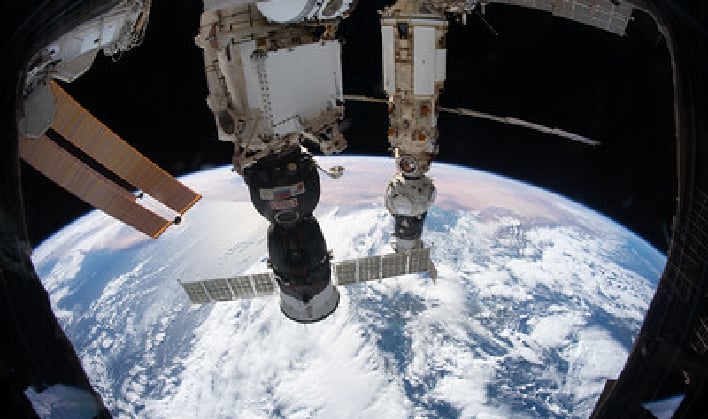NASA Is Taking Bids For A $1B Space Tug Mission To Crash The ISS Into Earth

ISS has been in continuous operation since November 2000. It has been inhabited by an international crew of seven people (sometimes more) who live and work on the space station while traveling five miles per second, orbiting Earth about every 90 minutes. During its lifetime in space, the primary structure of the space station has been affected by dynamic loading and orbital thermal cycling, as well as other factors. Because of the years of wear and tear, NASA and its international partners decided to end ISS's time in space at the end of this decade.

Jonathon McDowell remarked in an interview with the DailyMail, "Here's what's tricky. You can fly the ISS safely down to an altitude of about 250km. After that, you need this special USDV ship to take over the steering - it's like driving down a motorway with a lot of wind gusts - you need a lot of muscle power to stay on the road." He added, "If you ever lose control and the ISS starts tumbling, you're in trouble because then you can't reliably point the rocket engines in a particular direction."
NASA says it chose to deorbit the ISS instead of disassembling it in space and returning it to Earth because the truss structure was not designed to be easily disassembled in space. The space station covers an area about the size of an American football field, which required 27 flights by NASA to assemble. The space agency added that any disassembly effort to return individual components safely would face significant logistical and financial challenges. It also decided against boosting the massive structure into a higher orbit.
Proposals for the USDV will be due no later than November 17, 2023, along with Past Performance, due no later than October 16, 2023. Those who meet the deadline will then wait for a confirmation email acknowledging their reservation and further instructions.

